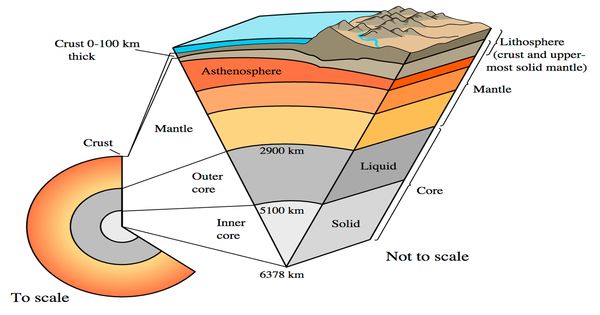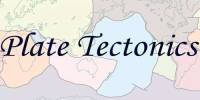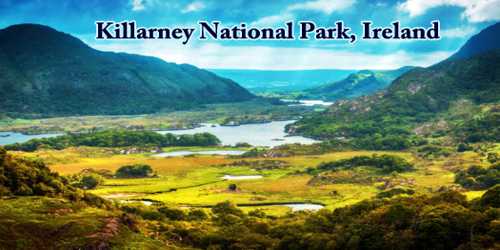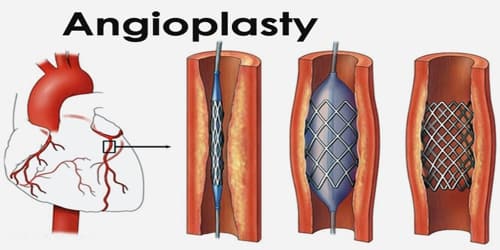The continental crust is the layer of Earth’s crust that makes up the continents. The geological continents and the shallow seafloor at their shores, known as continental shelves, are made up of layers of volcanic, metamorphic, and sedimentary rocks. It differs from the oceanic crust in composition, density, and thickness. This layer is frequently referred to as sial because its bulk composition is richer in aluminum silicates (Al-Si) and has a lower density than the oceanic crust, known as sima, which is richer in magnesium silicate minerals.
Seismic wave velocity changes have revealed that at a specific depth (the Conrad discontinuity), there is a rather sharp contrast between the more felsic upper continental crust and the lower continental crust, which is more mafic.
Above sea level, the vast majority of the continental crust consists of dry land. However, 94% of the Zealandia continental crust region is submerged beneath the Pacific Ocean, with New Zealand making up 93% of the above-water component.
Here are some key features and characteristics of the continental crust:
- Composition: The continental crust is primarily composed of granitic rocks, which are rich in silica (SiO2), aluminum (Al), potassium (K), and sodium (Na). This composition gives the continental crust its lighter color compared to the darker basaltic rocks of the oceanic crust.
- Thickness: The continental crust is generally thicker than the oceanic crust, ranging from about 20 to 70 kilometers (12 to 43 miles) thick. However, its thickness can vary significantly depending on the region and tectonic activity.
- Density: Due to its composition of lighter minerals and rocks, the continental crust has a lower density compared to the oceanic crust. This lower density allows the continental crust to “float” higher on the denser mantle rocks beneath it.
- Age: The continental crust is older on average than the oceanic crust. Some parts of the continental crust date back over 4 billion years, making them among the oldest rocks on Earth. This age difference is due to the continuous recycling of oceanic crust through processes like subduction, while the continental crust is more stable and less prone to recycling.
- Formation: The continental crust is formed through various geological processes, including volcanic activity, mountain-building (orogenesis), and the accumulation of sediments. These processes can occur over millions to hundreds of millions of years.
Role in Plate Tectonics
Plate tectonics is heavily dependent on the continental crust. It creates the stiff outer shell of continents, which are part of larger tectonic plates that move and interact with one another. Continental collisions, in which two continental plates meet, can result in the construction of mountain ranges and other geological characteristics.
Overall, the continental crust is a critical component of Earth’s structure, influencing geology, biodiversity, and tectonic activity.
















